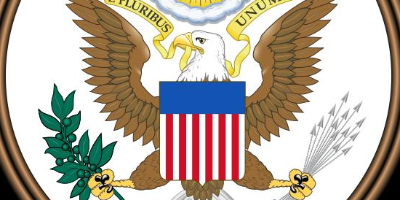Leisler's Rebellion (31 май 1689 г. – 21 март 1691 г.)
Описание:
An uprising in New York led by German American merchant and militia captain Jacob Leisler. He was a Calvinist that believed King James II of England was trying to force popery on the colonies. It began on May 31, when the local militia rebelled against Lieutenant Governor Francis Nicholson after learning of a (probably false) rumor that he planned to burn down a city. The militia, led by Leisler, captured Fort James, which contained a powder magazine they believed was important for defending the colony from Native American raids. By extension, they controlled the harbor, meaning they could circumvent Nicholson's authority concerning ships. They demanded the Nicholson be replaced by a better governor. Nicholson left for England on June 6, granting Leisler effective control over the New York government. He cleared the government of Nicholson's men and appointed his own, collecting taxes and customs duties.On the eve of 1691, King William III of England commissioned Henry Sloughter to be governor, along with his lieutenant Major Richard Ingoldesby. The lieutenant governor demanded Leisler stand down, but he did not have the papers with him to prove that Sloughter was the new legitimate governor. Skirmishes broke out between the two groups for six weeks. Leisler eventually surrendered, and was subsequently charged with treason along with ten of his followers. Leisler and his son-in-law Jacob Milborne were hanged on May 16.
Pro-Leisler and anti-Leisler factions would continue to divide he province for some time. Though it is often depicted as Dutch settlers that desired to remove English power from the former Dutch colony, the rebellion was more similar to many other rebellions of the time, including 1676's Bacon's Rebellion in Virginia, 1677's Culpeper's Rebellion in North Carolina, 1683's Gove's Rebellion in New Hampshire, 1689's Boston revolt, and 1689's Maryland Uprising in that the rebels were all middle-class merchants or planters discontented with the elite's tight grip on the government that the former felt they had little de facto say in.
Добавлено на ленту времени:
Дата:
31 май 1689 г.
21 март 1691 г.
~ 1 years and 9 months
